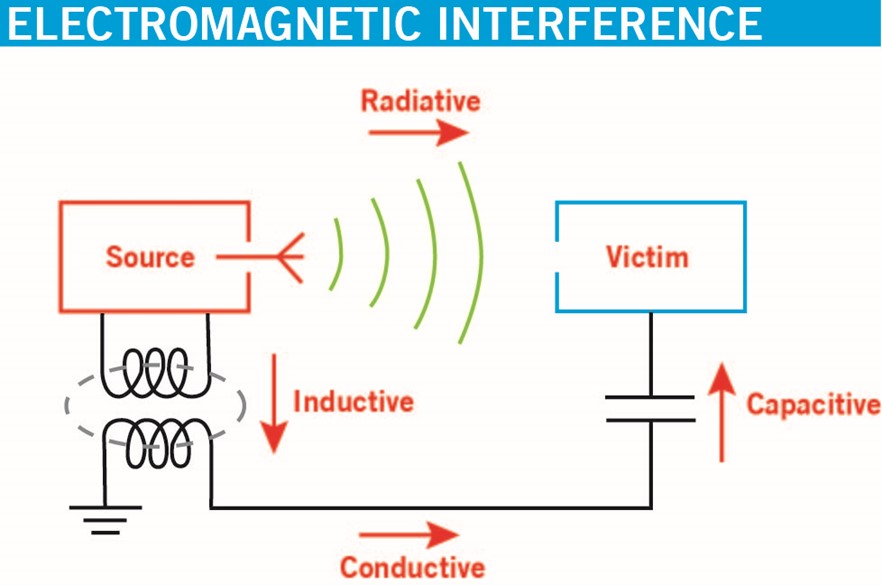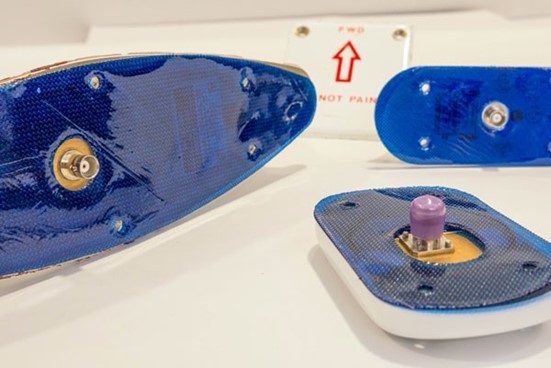Corrosion is one of the most expensive and dangerous problems that aircraft can face. As a result, technology has grown with the industry to mitigate corrosive attacks. Over time, these technologies have evolved to better prevent corrosion, and manufacturing processes have been developed to reduce the susceptibility of aircraft.
One of the tricky issues in anti-corrosion treatments is adapting to new environmental considerations. As we learn more about the hazards posed by certain contaminants, many of the chemicals and processes that have historically been used to counteract corrosion have shown themselves to be toxic and eliminated by the EPA, short-lived, or otherwise non-viable. The goal of new government regulations is to decrease hazardous and toxic materials, many of which were very effective in fighting corrosion. This makes combating corrosion more challenging. Additionally, as technology progresses, new concerns such as electromagnetic interference (EMI) have arisen which require new protective solutions.
The goal of this blog post is to outline new advances in EMI and environmental protection for aircraft. With this knowledge, you will be able to implement cutting-edge layers of protection against modern environmental problems.
Electromagnetic interference has a variety of implications for aircraft. Oftentimes, repeated exposure can disable or overwhelm unshielded equipment. The effects may get worse over time due to the deterioration of exposed metal surfaces. This type of interference can come from many different sources including those listed below:

Because of the extensive effects and the many devices that can cause it, electromagnetic interference is a critical consideration in aviation engineering and maintenance. Today, specific protocols such as RTCA DO-160 have been implemented to limit the effects of EMI. This standard outlines the environmental conditions aircraft structures and devices are likely to endure and details specific policies for testing which seek to reduce or eliminate unnecessary EMI effects.
Protection against electromagnetic interference, known as shielding, requires the correct equipment. Specifically, all connectors, harnesses, and enclosures must be dealt with appropriately to ensure they stay within a particular electromagnetic frequency range. Some of the best shielding materials also happen to be good conductors. The trouble is, that also introduces galvanic issues which can enhance their tendency to corrode. A compromise must be struck to optimize the shielding potential against corrosion susceptibility. The quantitative formula known as the galvanic scale is one such method; it assigns a susceptibility ranking to your metal surface and suggests an appropriate pairing to reduce corrosive tendencies.
As mentioned previously, modern challenges such as electromagnetic interference and exposure to hazardous chemicals demand that one focus on environmental protection even in the design phase. New processes should promote clean manufacturing in all aviation design and engineering and place emphasis on both environmental and human factors. To achieve this, environmental protection limits the following:

Additionally, new technologies allow for advances in maintenance and inspection, particularly in terms of corrosion prevention. Software such as ASIMS (Autonomous Structural Integrity Monitoring System) alerts the user of corrosion in sections of the airframe that are difficult to access or observe. Oftentimes, this system provides information such as moisture content, the presence of corrosion, and the amount of damage present in the equipment. Over the long term, this has the potential to dramatically reduce both costs and risks.
Similarly, other systems have been designed to coordinate with ASIMS in monitoring the overall structural health of aircraft. In particular, SHM, or structural health monitoring, provides statistical analysis, correlations, data, and reports on aircraft equipment to prevent corrosion and other structural failures from going undetected. Properly used, these systems can identify corrosion before it has time to cause significant damage.
Other advances in equipment, such as modern gaskets, aim to further environmental protection. Specifically, new HI-TAK antenna gaskets can limit corrosion by sealing out the environment while providing EMI protection. These do not contain VOCs or hazardous materials and may be customized for your specific needs.
In this series, we have previously discussed all facets of corrosion from prevention to the chemical basis of the process itself. Today, we took a step back for a higher-level overview of newer environmental challenges which correlate to corrosive attacks. An understanding of electromagnetic interference and environmental protection allows you to consider these critical components during design, manufacturing, and maintenance. Now that you understand these factors, you will be able to properly select the Av-DEC product that best fits your needs. To learn more, contact an Av-DEC representative today.